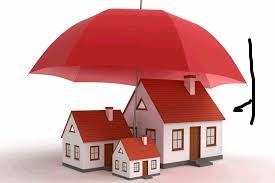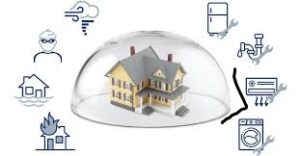It is important to follow some important tips to make the claim process smooth and quick.
Understanding the insurance policy and coverage
The success of your claim also depends on the terms and coverage of the insurance policy. Understand the policy rules and exclusions properly so that the claim is not rejected.
Take care of exclusions: Every policy has some exclusions, i.e. the conditions in which the damage is not covered.
Understand the policy limits: It is very important to understand the limits of the policy so that you can set your expectations accordingly.
Disputes and Appeals Process
Sometimes there may be a dispute over the amount of the claim or the process. In such cases, you have the option of appeals which can help resolve the dispute.
Dispute Filing Steps
To file a dispute, you need to notify your insurance company in writing and highlight the points you disagree with.
Appeal Process and Important Tips
Independent Appraisal: If you do not agree with the insurance company’s assessment, you can get an independent appraisal to get a fair estimate of the damage.
Contact the State Insurance Department: If the dispute is not resolved, you can also seek help from your state’s insurance department who can assess your case independently.
Preserve documentation: Preserve all relevant documents and correspondence that you shared with your company during the dispute.
Common Reasons for Claim Rejections
Many homeowners insurance claims are rejected if some essential rules are not followed or documentation is incomplete.

Reasons that are common in claim rejection
Incomplete documentation: If you do not have proof during the claim process, the claim may be rejected. It is important to submit proof of loss and proper invoices.
Excluded Events: Every policy has some excluded events, such as floods or earthquakes (if there is no additional coverage for them). These events are not covered in the base policy and the claim is rejected.
How to Avoid Rejection
Read the policy thoroughly: It is important to read the rules and conditions of the policy thoroughly so that you can understand the policy and file a claim.
Collect proper documentation: Collect and submit all documents, invoices and proof so that no document is missing.
Timeframe for Claim Processing
Every insurance company follows a specific timeframe to complete the claim process. This timeframe depends on the type and complexity of the claim.
General Timeline for Claim Settlement
The timeline for claim settlement depends on the company’s policy and the complexity of your case. Generally, companies complete settlement within 30 to 60 days if the case is simple.
Factors Affecting Timeline
Complexity of Damage: If the damage is more severe, the claim process may take longer as a detailed investigation is required.
Documentation Completeness: With complete documentation, the claim process is processed faster. If any document is missing, the claim may be delayed.






